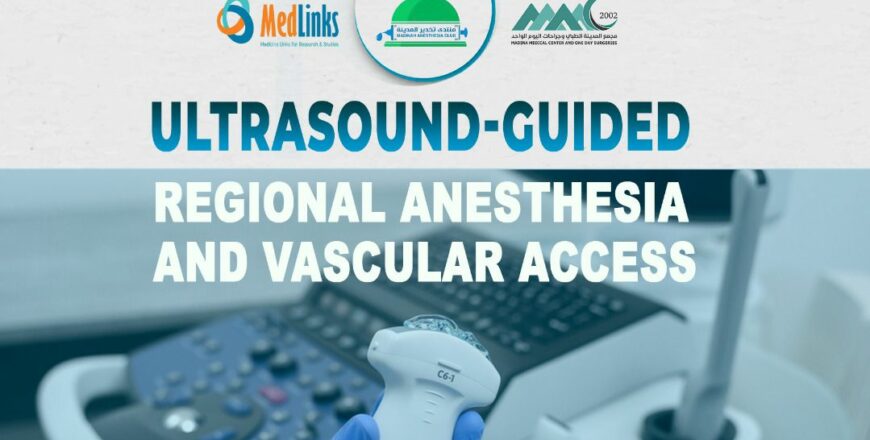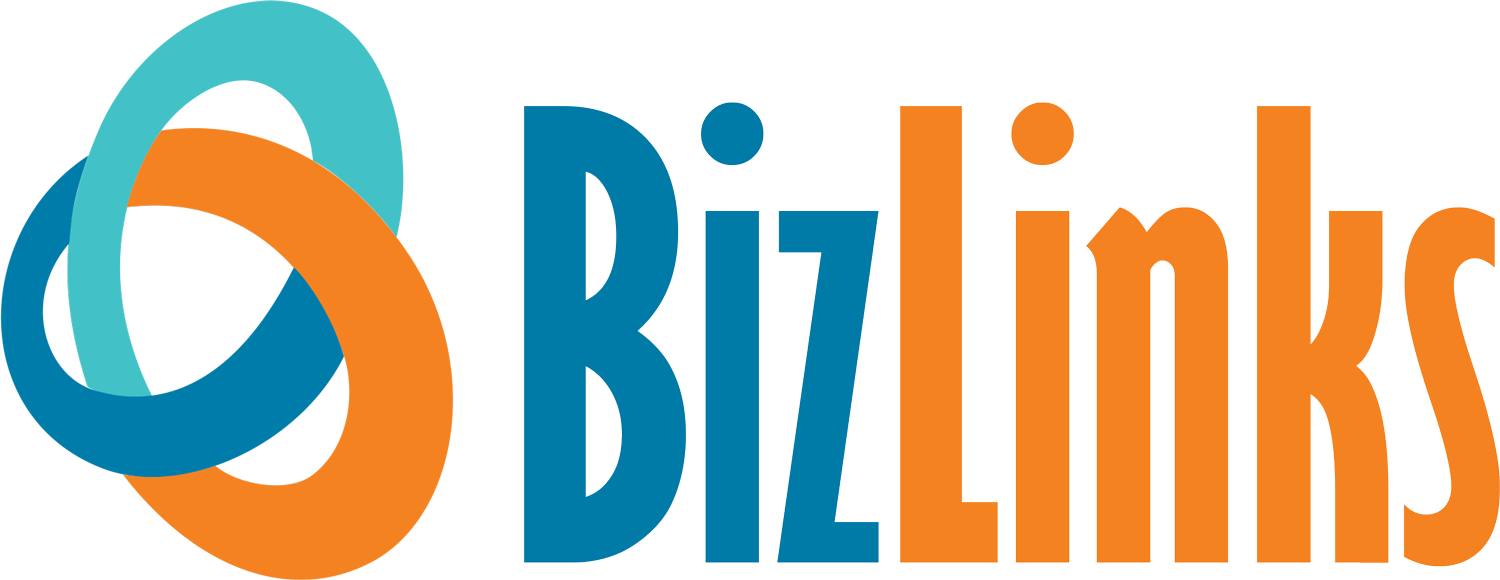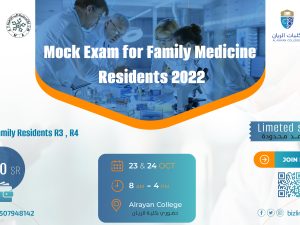Ultrasound - Guided ( Regional Anesthesia and Vascular Access
- الوصف
- المنهج دراسي
- تقييمات

• This course plays a pivotal role in elevating patient care standards by ensuring enhanced safety through improved precision and real-time visualization, consequently minimizing the risk of complications.
• Moreover, mastering the intricacies of ultrasound-guided techniques not only translates to higher success rates but also significantly enhances overall anesthesia and pain management outcomes.
• The dynamic nature of the field necessitates staying abreast of the latest technological advancements and procedural techniques, making this course invaluable for professionals to remain updated.
• Practical hands-on training sessions, guided by experienced instructors, not only refine technical skills but also boost proficiency in applying ultrasound-guided procedures effectively.
• Furthermore, this course serves as a nexus for networking, fostering collaboration, and knowledge exchange among healthcare peers and experts.
• Additionally, the optimization of healthcare resources, facilitated by ultrasound-guided techniques, contributes to more efficient resource utilization.
• The multidisciplinary nature of regional anesthesia is addressed through this course, promoting effective collaboration among various medical specialties.
• Lastly, attending this course underscores a commitment to continuous professional development and adherence to industry standards, ensuring that healthcare practitioners are well-equipped to deliver optimal patient care.
Activity Objectives
What is the aim(s) and learning outcome(s) of the activity?
• Utilize ultrasound technology to precisely locate nerves in the neck, arms, torso, and legs.
• Distinguish nerves from adjacent structures such as tendons and muscles.
• Employ both in-plane and out-of-plane techniques to approach nerves effectively.
• Demonstrate proficiency in conducting ultrasound-guided nerve blocks.
• Identify specific patient populations that would derive the most benefit from ultrasound-guided nerve blocks.
• Select the appropriate nerve for anesthesia based on distinct injury patterns.
• Ensure accurate patient positioning tailored to each type of block to optimize procedural success.
• Execute ultrasound-guided nerve blocks with precision to avoid the need for conscious or deep sedation.
• Provide comprehensive counseling to patients regarding the anticipated duration of pain relief with various anesthetics.
• Formulate and implement a hospital protocol for the systematic delivery of ultrasound-guided anesthesia.







